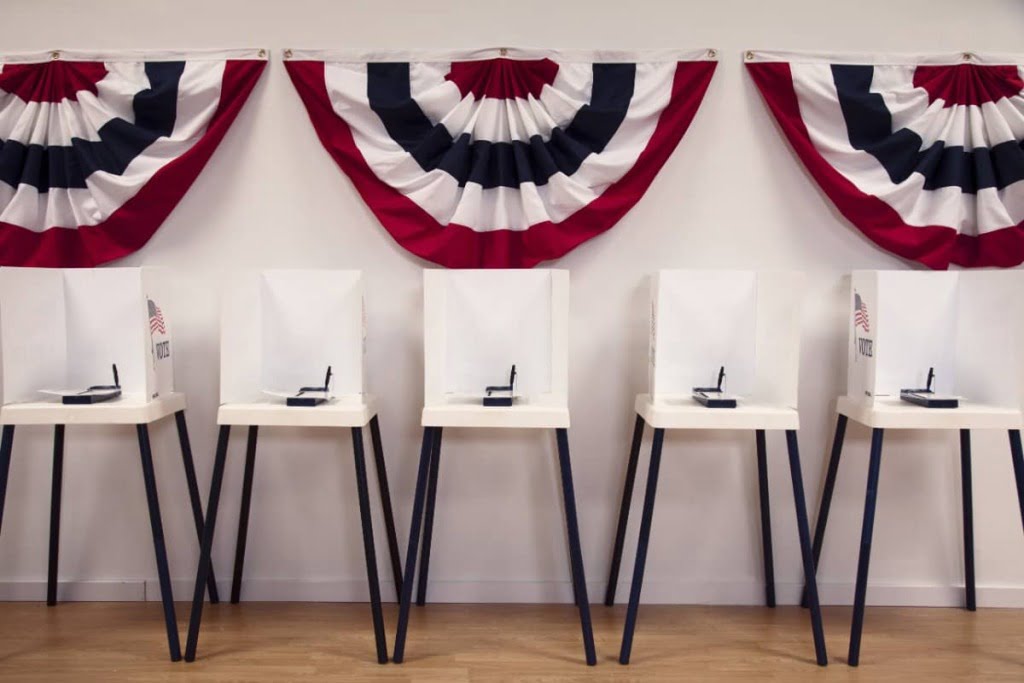Contents
US Congress is considering using blockchain technology amid the COVID threat to allow remote Senate voting.
A Senate memo posted on April 30, 2020, reveals the possible use of encrypted (E2EE) apps and the blockchain to facilitate voting for the US Congress. The Permanent Subcommittee prepared the memo on Investigations, chaired by Senator Rob Portman (R-OH), in an event called “Roundtable on Continuity of Senate Operations and Remote Voting in Times of Crisis.“
Blockchain use
The two Congress chambers always meet in person for votes, deliberation, and committee hearings, expressing that neither has emergency plans to do these functions remotely. The memo stresses that blockchain technology can securely cast and transmit a vote and assert validity. Blockchain technologies provide a transparent and secure environment for transactions, making it very difficult, if not impossible, to alter the results. An important result is that vote counting will be much clearer.
Blockchain’s use for elections has previously been used in the parliamentary elections in Estonia in 2004, where 44% of participants used e-voting technology powered by blockchain. Estonia is a world leader using blockchain under a project called KSI.
The KSI website affirms that with KSI Blockchain, history cannot be rewritten, and the authenticity of the electronic data can be mathematically proven. Electronic voting was introduced in Estonia back in 2005 for municipal elections. In its first use, less than two percent of all counted votes were made digitally. Back then, they used their PKI-equipped ID cards and card readers.
Other Initiatives
Other countries such as South Corea and Switzerland are building and testing e-voting Systems, but e-voting has some legal drawbacks. Politicians and computer experts in Switzerland started an initiative to ban e-voting for at least five years. Australia also plans to use blockchain technology to allow citizens to vote online. The government-owned postal service said that e-voting would offer several advantages, such as quicker counting, transparency, efficiency, and cost reductions.
It is unlikely that the Senate will adopt e-voting technology as a solution anytime soon. The idea remains controversial, mainly because the legislative process is based on personal contact and deliberations. Security concerns regarding blockchains, such as 51% attacks, correct software implementations, and encryption and privacy problems, must be addressed in detail. Nevertheless, this memo is an example of how blockchain technology is present in the heads of governments.


Process
The e-voting process is quite simple. Voters need their national ID with valid certificates and PIN codes. The voters need to download the voting application that automatically checks the voter’s eligibility to cast a ballot, presenting the list of candidates for the election. Once the voter has decided, the app encrypts, transmits, and timestamps the ballot to the vote-harvesting server.
Since e-voting doesn’t occur in a surveilled installation, the polling station, the system must be sure that the voter has made a free election. Voters can change their minds and vote again using the e-voting system or in person at a polling station. Only the last vote selection counts.
- About Estonia Digital Society.
- Switzerland and e-voting.
